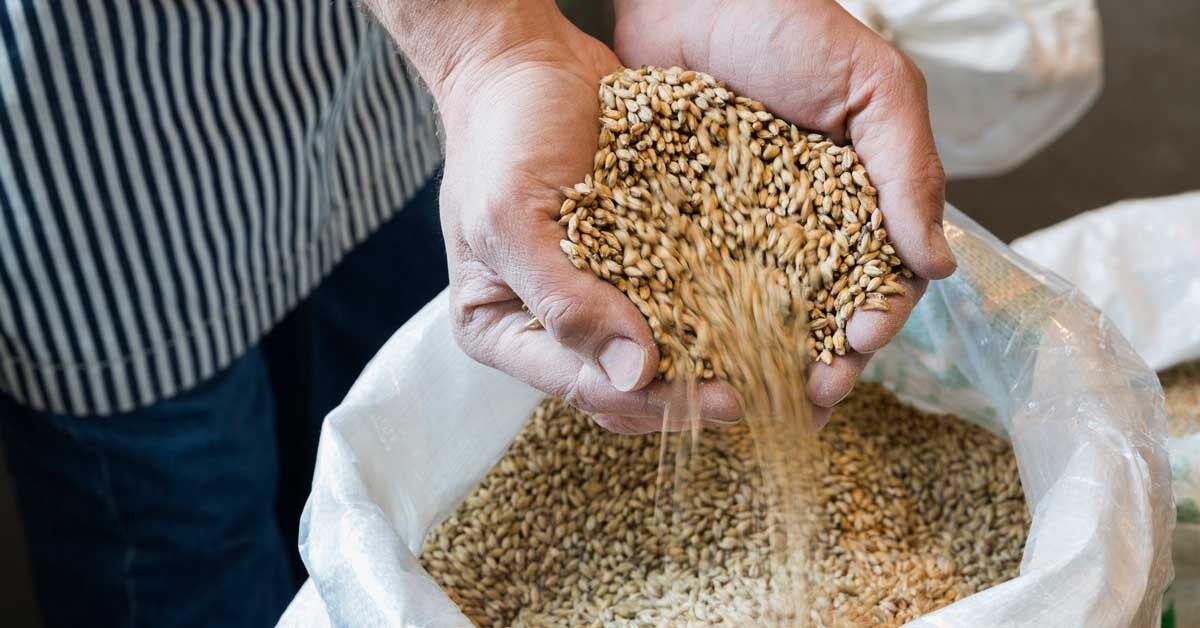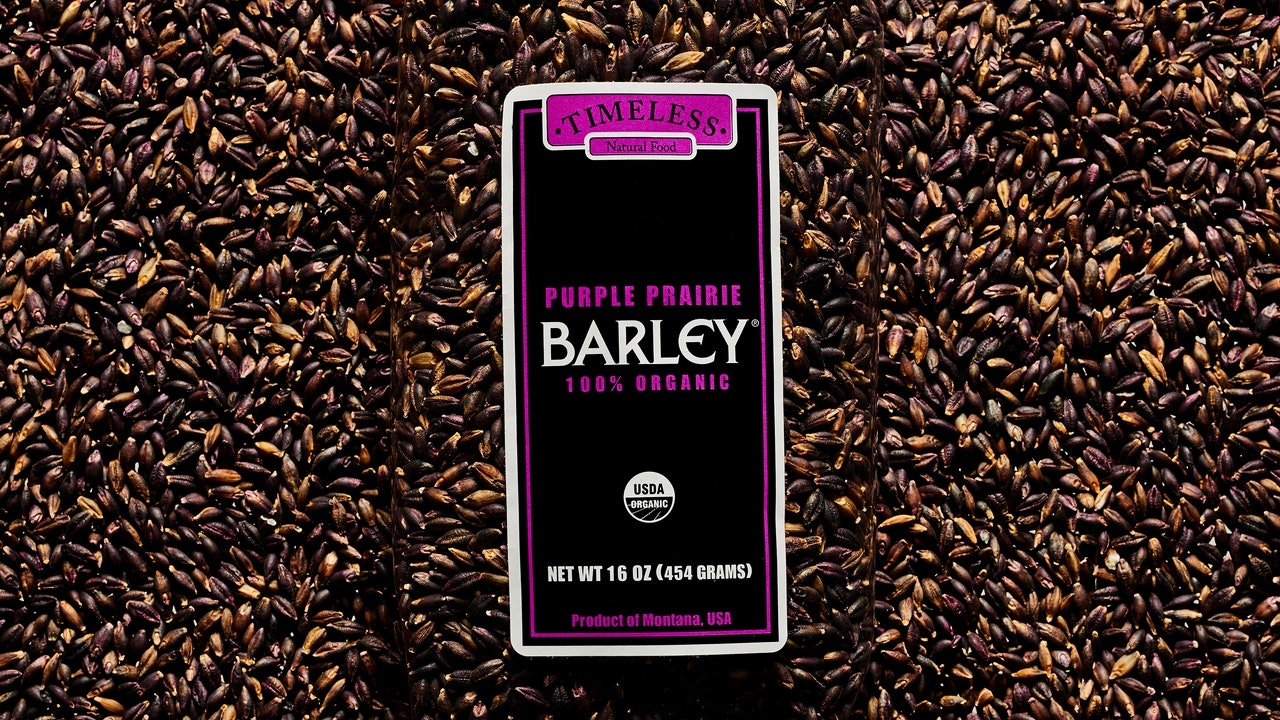Intake of Tibetan Hull-Less Barley is Associated with a Reduced Risk of Metabolic Related Syndrome in Rats Fed High-Fat-Sucrose Diets.
Nutrients (Impact Factor: 3.15). 04/2014; 6(4):1635-48. DOI: 10.3390/nu6041635
Source: PubMed
ABSTRACT The objective of this study was to assess the effects of whole grain Tibetan hull-less barley on metabolic related syndrome induced by high-fat-sucrose diets in rats. The diets were designed to reflect the dietary patterns of Chinese individuals (>30% energy fat) with refined wheat flour (HFS-W) or Tibetan hull-less barley (HFS-THB) as the main carbohydrate sources. Rats fed HFS-W had increased body weight, abdominal fat deposition, liver weight, liver fat deposition, triglyceride (TG), fasting blood glucose (FBG), serum fasting insulin (FINS), and homeostasis model assessment of insulin resistance (HOMA-IR) scores, and decreased low-density lipoprotein cholesterol (LDL-C) levels compared to rats fed a basal diet (BD). However, rats fed HFS-THB had reduced body weight gain, dyslipidemia, and insulin resistance. These findings indicate that whole Tibetan hull-less barley is a functional food that can reduce the prevalence of metabolic related syndrome induced by high-fat-sucrose diets.
Nutrients (Impact Factor: 3.15). 04/2014; 6(4):1635-48. DOI: 10.3390/nu6041635
Source: PubMed
ABSTRACT The objective of this study was to assess the effects of whole grain Tibetan hull-less barley on metabolic related syndrome induced by high-fat-sucrose diets in rats. The diets were designed to reflect the dietary patterns of Chinese individuals (>30% energy fat) with refined wheat flour (HFS-W) or Tibetan hull-less barley (HFS-THB) as the main carbohydrate sources. Rats fed HFS-W had increased body weight, abdominal fat deposition, liver weight, liver fat deposition, triglyceride (TG), fasting blood glucose (FBG), serum fasting insulin (FINS), and homeostasis model assessment of insulin resistance (HOMA-IR) scores, and decreased low-density lipoprotein cholesterol (LDL-C) levels compared to rats fed a basal diet (BD). However, rats fed HFS-THB had reduced body weight gain, dyslipidemia, and insulin resistance. These findings indicate that whole Tibetan hull-less barley is a functional food that can reduce the prevalence of metabolic related syndrome induced by high-fat-sucrose diets.


